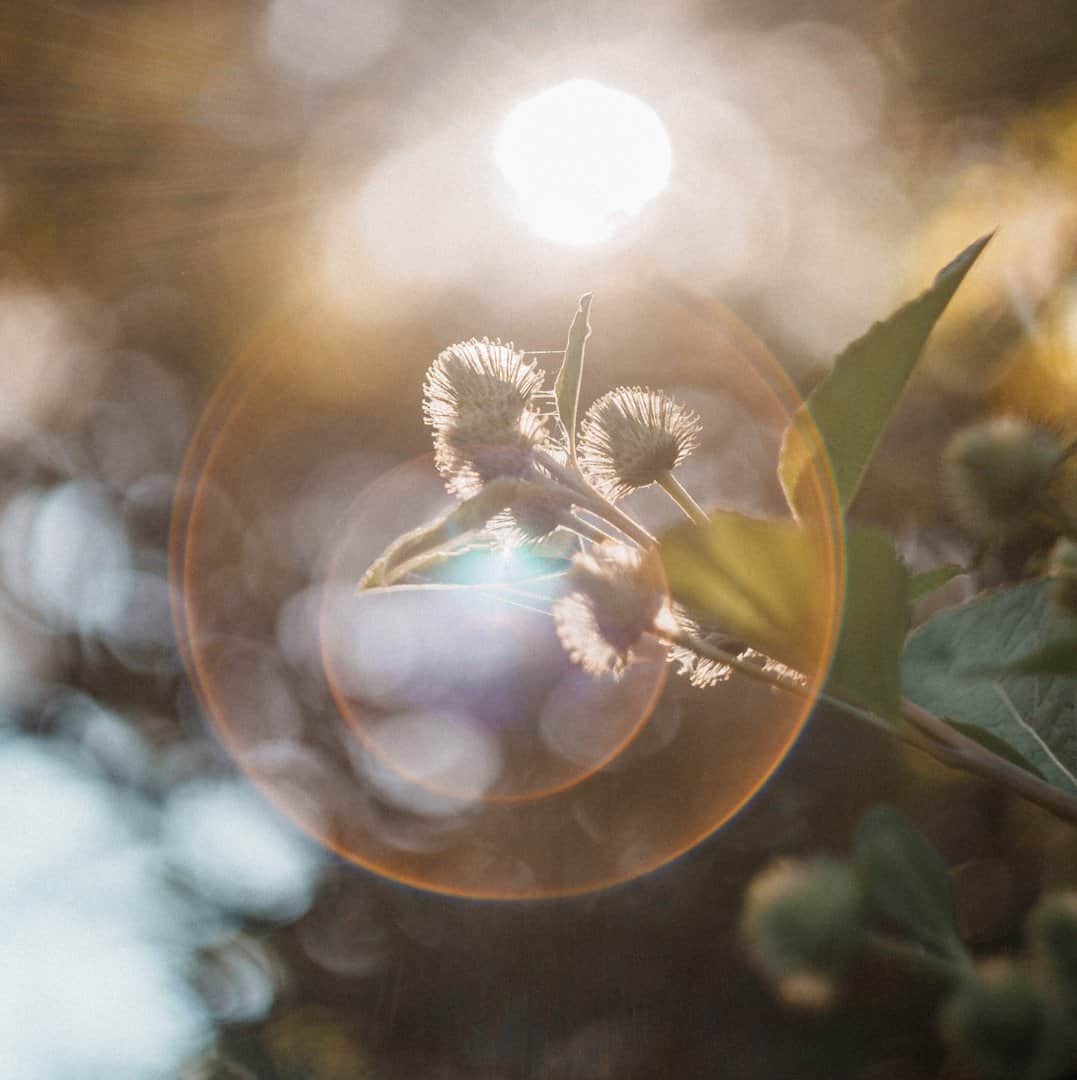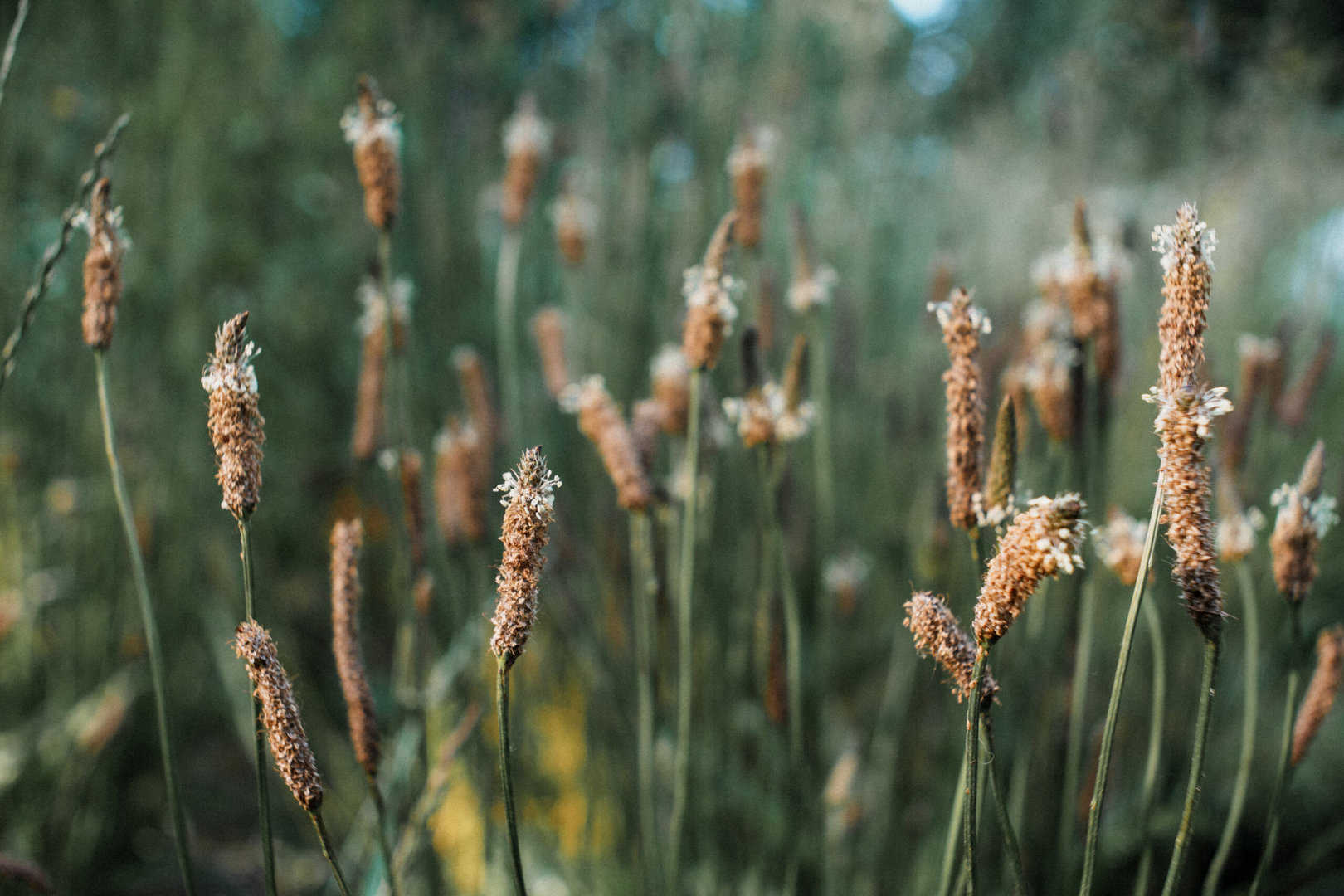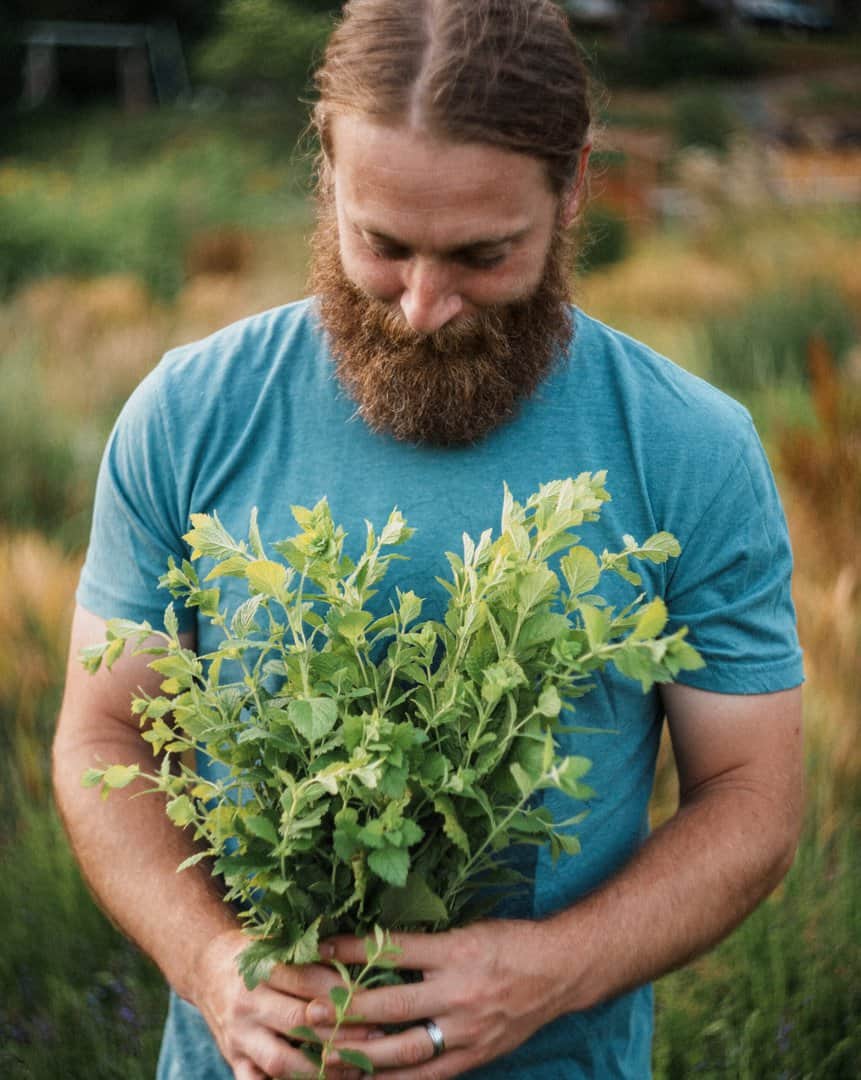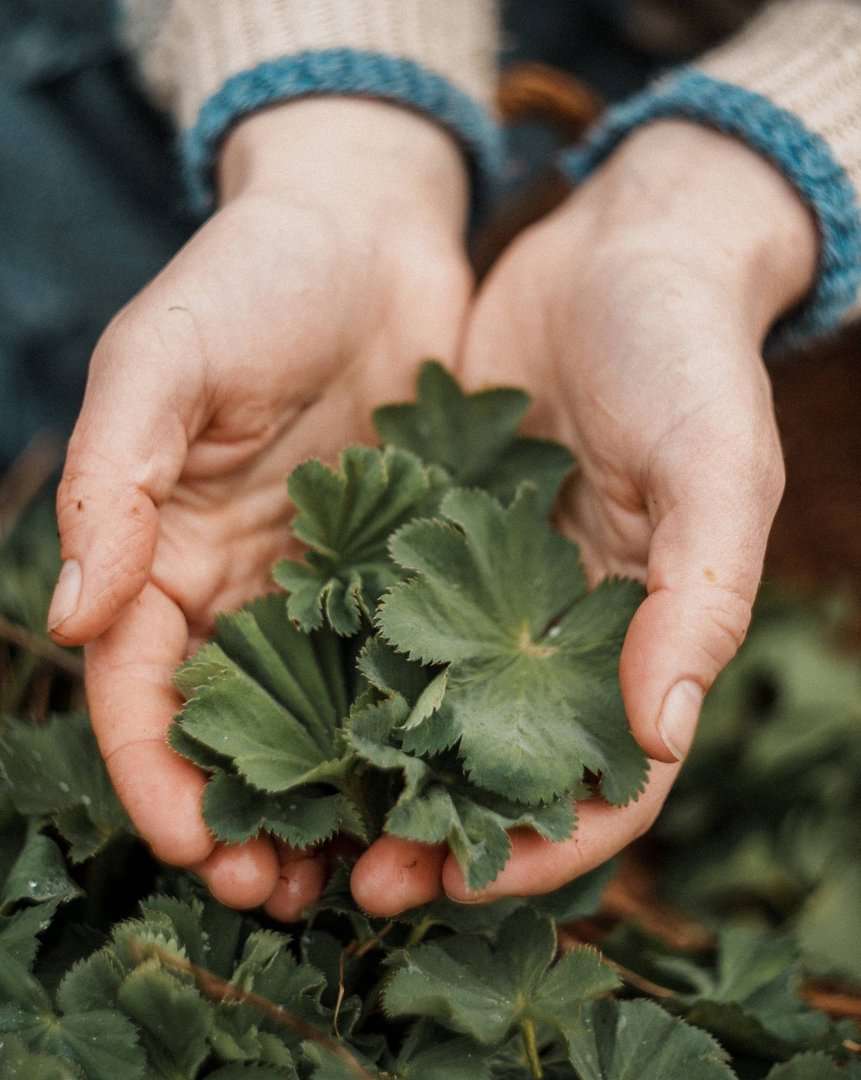<div data-elementor-type="wp-post" data-elementor-id="46728" class="elementor elementor-46728" data-elementor-post-type="post">
<section class="elementor-section elementor-top-section elementor-element elementor-element-6c35e1cb elementor-section-full_width elementor-section-height-default elementor-section-height-default" data-id="6c35e1cb" data-element_type="section">
<div class="elementor-container elementor-column-gap-default">
<div class="elementor-column elementor-col-100 elementor-top-column elementor-element elementor-element-543a330f" data-id="543a330f" data-element_type="column">
<div class="elementor-widget-wrap elementor-element-populated">
<div class="elementor-element elementor-element-6b5b948a elementor-widget elementor-widget-text-editor" data-id="6b5b948a" data-element_type="widget" data-widget_type="text-editor.default">
<div class="elementor-widget-container">
<p><span style="font-weight: 400;">Healing has always been a collaborative journey. In the past, herbalists united in their pursuit of healing, transcending cultural boundaries and traditions. This exchange of wisdom not only laid the foundation for the thriving global herbal community we have today, but also nurtured the seeds of a promising future for herbalism.</span></p>
In the past, learning about different herbal traditions demanded extensive travel. Now, the digital age bridges the gaps, offering instant access to herbal insights worldwide. The once-separated realms of herbal practices are converging, bringing in a new era of global herbalism. As our world embraces diversity, the future of herbalism shines bright, a reflection of the unity that has shaped its journey through time.
But that also comes with some challenges we have to overcome in our journey to becoming an effective herbalist.
In today’s blog post, you’ll learn:
- About the timeless practice of herbalists exchanging their knowledge across different cultures
- Why cultivating the skill of seeing people and plants through multiple lenses makes you a better herbalist
- The universal principles, elemental forces, and planetary influences that weave throughout herbal traditions worldwide
- How we integrate herbal traditions in the Evolutionary Herbalism model to provide you with a well-rounded approach
- Why the future of herbalism will be one of integration instead of separation
</div>
</div>
<div class="elementor-element elementor-element-371320c8 elementor-toc--minimized-on-tablet elementor-widget elementor-widget-table-of-contents" data-id="371320c8" data-element_type="widget" data-settings="{"headings_by_tags":["h2","h3"],"container":"#my-content","exclude_headings_by_selector":[],"marker_view":"numbers","minimize_box":"yes","minimized_on":"tablet","hierarchical_view":"yes","min_height":{"unit":"px","size":"","sizes":[]},"min_height_tablet":{"unit":"px","size":"","sizes":[]},"min_height_mobile":{"unit":"px","size":"","sizes":[]}}" data-widget_type="table-of-contents.default">
<div class="elementor-widget-container">
<div class="elementor-toc__header">
<h3 class="elementor-toc__header-title">
Table of Contents </h3>
<div class="elementor-toc__toggle-button elementor-toc__toggle-button--expand" role="button" tabindex="0" aria-controls="elementor-toc__371320c8" aria-expanded="true" aria-label="Open table of contents"><svg aria-hidden="true" class="e-font-icon-svg e-fas-chevron-down" viewBox="0 0 448 512" xmlns="http://www.w3.org/2000/svg"><path d="M207.029 381.476L12.686 187.132c-9.373-9.373-9.373-24.569 0-33.941l22.667-22.667c9.357-9.357 24.522-9.375 33.901-.04L224 284.505l154.745-154.021c9.379-9.335 24.544-9.317 33.901.04l22.667 22.667c9.373 9.373 9.373 24.569 0 33.941L240.971 381.476c-9.373 9.372-24.569 9.372-33.942 0z"></path></svg></div>
<div class="elementor-toc__toggle-button elementor-toc__toggle-button--collapse" role="button" tabindex="0" aria-controls="elementor-toc__371320c8" aria-expanded="true" aria-label="Close table of contents"><svg aria-hidden="true" class="e-font-icon-svg e-fas-chevron-up" viewBox="0 0 448 512" xmlns="http://www.w3.org/2000/svg"><path d="M240.971 130.524l194.343 194.343c9.373 9.373 9.373 24.569 0 33.941l-22.667 22.667c-9.357 9.357-24.522 9.375-33.901.04L224 227.495 69.255 381.516c-9.379 9.335-24.544 9.317-33.901-.04l-22.667-22.667c-9.373-9.373-9.373-24.569 0-33.941L207.03 130.525c9.372-9.373 24.568-9.373 33.941-.001z"></path></svg></div>
</div>
<div id="elementor-toc__371320c8" class="elementor-toc__body">
<div class="elementor-toc__spinner-container">
<svg class="elementor-toc__spinner eicon-animation-spin e-font-icon-svg e-eicon-loading" aria-hidden="true" viewBox="0 0 1000 1000" xmlns="http://www.w3.org/2000/svg"><path d="M500 975V858C696 858 858 696 858 500S696 142 500 142 142 304 142 500H25C25 237 238 25 500 25S975 237 975 500 763 975 500 975Z"></path></svg> </div>
</div>
</div>
</div>
<div class="elementor-element elementor-element-14a67cfa elementor-widget elementor-widget-video" data-id="14a67cfa" data-element_type="widget" data-settings="{"youtube_url":"https://youtu.be/WEUX4YAnQ5Y","video_type":"youtube","controls":"yes"}" data-widget_type="video.default">
<div class="elementor-widget-container">
<div class="elementor-wrapper elementor-open-inline">
<div class="elementor-video"></div> </div>
</div>
</div>
<div class="elementor-element elementor-element-162e7b7f elementor-widget elementor-widget-html" data-id="162e7b7f" data-element_type="widget" data-widget_type="html.default">
<div class="elementor-widget-container">
<iframe title="Embed Player" src="https://play.libsyn.com/embed/episode/id/28157048/height/192/theme/modern/size/large/thumbnail/yes/custom-color/faf7f0/time-start/00:00:00/playlist-height/200/direction/backward/download/yes" height="192" width="100%" scrolling="no" allowfullscreen="" webkitallowfullscreen="true" mozallowfullscreen="true" oallowfullscreen="true" msallowfullscreen="true" style="border: none;"></iframe> </div>
</div>
<div class="elementor-element elementor-element-10f2eda elementor-widget elementor-widget-text-editor" data-id="10f2eda" data-element_type="widget" data-widget_type="text-editor.default">
<div class="elementor-widget-container">
<p><span style="font-weight: 400;">How did herbal medicine evolve and become what it is today? When you think about it, it all goes back to the first person who thought to pick a plant and dress a wound with it or take it internally to heal themselves or another. This marked the pivotal moment that initiated the intricate relationship between humans and plants that ultimately gave rise to the practice of herbal medicine.</span></p>
This relationship has naturally transformed over time, creating a tapestry woven with diverse threads—from the roots of ancient folk traditions and indigenous herbal wisdom to the richly documented pillars of medicinal practices like traditional Chinese medicine, Ayurveda, Tibetan medicine, Galenic and Greco-Roman medicine, and Unani Tibb in the Middle East. As we traverse through history, we witness these traditions flourishing and intertwining, each a testament to humankind’s enduring partnership with the natural world.
I consider these the primary traditions of herbal medicine, though of course there are many others Over time, this tapestry of wisdom led to the development of our modern biomedical model–a mosaic of scientific understanding where people are divided by their anatomy and physiology and plants by their pharmacology. This evolution has sculpted the landscape we find ourselves in today as herbalists. As time goes on, it seems that the boundaries that once existed between traditional herbal practices are beginning to converge to form a holistic picture.
While people would traditionally study herbalism through the paradigm of one tradition and stick to it throughout their life, it’s far more common today to find herbalists practicing with a web of different sources, including traditional Chinese medicine, Ayurveda, and Physiomedicalism all wrapped up in one. It’s also becoming more common for herbalists to combine their wisdom of traditional medicine with modern scientific information.
In the past, learning about different herbal traditions meant traveling far and learning a new language. In today’s digital age, all it takes is opening your computer to access a wealth of vast knowledge shared throughout our community. This can feel equally amazing and overwhelming as you discover how many traditions, plants, and systems there are.
We’re at a unique time in the evolution of herbal medicine where a global approach is beginning to form–one of unity and integration rather than separation. As we continue the age-old herbalist practice of sharing and exchanging knowledge, we can expect herbalism to become increasingly refined, holistic, and comprehensive

Uniting Herbal Traditions: A Timeless Exchange
Herbal medicine has always been about coming together. Herbalists have always shared and learned from one another with the common goal of healing people with plants and making a positive difference. So even though our access to knowledge is greater than ever, I believe that our desire to heal, connect, learn, and improve through connecting with other herbalists has remained the same.
This cross-cultural learning exchange doesn’t just happen between individuals but entire cultures as well. Tibetan medicine is a prime example of this exchange. Tibetan medicine is woven from various healing traditions in the region and blends elements from Chinese medicine, Ayurveda, the Bon tradition, and Tibetan Buddhism, creating a unique mosaic. Similarly, Unani Tibb is a Middle Eastern herbal system that infuses Arabic, Egyptian, and Greco-Roman medicine, forming a cohesive whole. Throughout these examples, you can see that sharing knowledge is not what led to the demise of herbalism but its expansion and development.
This perspective holds particular significance today, when there is a growing sensitivity around embracing different systems and cultures. However, when we examine history, a consistent pattern emerges—herbalists have always looked to one another and transcended cultural boundaries to enhance their craft. This ongoing exchange of knowledge and the expansion of materia medica is fueled by a collective desire to provide more effective and efficient healing.
This tradition of cross-pollination continues in our contemporary landscape. Michael Tierra’s groundbreaking work, “Planetary Herbology,” stands as a prime example. Tierra drew his knowledge of Chinese medicine into the fabric of Western herbalism to unveil new perspectives and ways of understanding Western herbs. David Frawley and Vasant Lad have also made remarkable strides by introducing Ayurveda to the West. Their efforts seamlessly meld Ayurvedic concepts—such as the tridosha theory and the dhatus system – with the realm of Western herbs, showcasing how you can achieve a harmonious integration of systems of the East and West.
David Winston and Matthew Wood also epitomize an integrative approach in their herbal practices. Winston’s methodology spans the globe, tapping into a diverse materia medica, utilizing modern scientific bloodwork right alongside Traditional Chinese Medicine diagnostic patterns. In “The Practice of Traditional Western Herbalism,” Matthew Wood’s work embodies this integration by marrying Ayurvedic principles with Greco-Roman, Galenic medicine, Greek humoral theory, and the tissue state model of Physiomedicalism. Both examples shine a light on the power of synthesis and cross-cultural insights.
As we can see, it’s not through the gatekeeping of knowledge that has led to the development of herbal traditions world-wide, but through the sharing of it that so many people have been able to experience healing through the plant world.

Embracing Multiple Lenses in Herbalism
Now, you might be wondering, why should you personally have an integrative approach to herbal medicine? I’ll illustrate with an analogy. Imagine you walk into a room and see a complex three-dimensional statue at its center. Now picture four skilled artists poised at different points in the room—one in the east, south, west, and north. Equipt with a pencil and paper, they’re told to draw what they see.
As you can imagine, the perspective of this statue would be very different for the artist looking at it from the east side compared to the west, and the same would follow for each artist. As they depict their distinct vantage points, it enriches the collective perspective of this statue and unveils facets you wouldn’t have been able to see from a single viewpoint.
It’s not that one artist’s depiction is more or less valid or valuable than the others. Rather, it’s another vantage point that leads to having more than one way of looking at the same thing. Similarly, an integrative approach to herbalism harmonizes diverse traditions and viewpoints, casting a 360-degree understanding of a person or plant.
Every system has its strengths, weaknesses, and unique perspectives on healing. When I think about traditional Chinese medicine, I’m struck by the brilliance of their formulation methods, honed and polished over millennia. Similarly, Ayurveda’s panchakarma cleansing and rejuvenating rasayana therapies are unparalleled in their depth and uniqueness. In Western herbalism, alterative therapy stands as a testament to refinement and development.
Each tradition contributes its distinctive practices and approaches, and we can become better herbalists by studying these approaches and learning how to see the same person or plant through multiple lenses. By delving into these differing lenses, you enrich our herbalist toolkit, gaining fresh language to describe plant properties and new ways to perceive their potential. This means that you’ll learn how to see an herb in multiple ways, thereby expanding your materia medica and healing tools as an herbalist.

Unveiling Universal Threads in Herbalism
Where did herbalism come from, and was it just a process of trial and error? I’d argue that while trial and error may have played a part, that’s just one piece of the story. Many of these ancient herbal traditions emerged not solely from experimentation, but from a profound attunement to nature—a heightened perception and understanding of the underlying pattern of the natural world and how this relates to people and plants.
This insight transcended boundaries and cultural differences, and is what led to the parallels present in different herbal traditions around the world. For example, Ayurveda’s perspective on creation is remarkably close to the Western alchemical narrative. The same harmony exists between Chinese and Tibetan medicine, where numerous archetypal patterns overlap.
Yes, unique elements exist in each tradition, but the same universal thread runs through them all. A good example of this phenomenon occurs in Alchemy, where the three philosophical Principles of Sulfur, Mercury, and Salt reflect the Ayurvedic tridosha theory of vata, pitta, and kapha. Move over to traditional Chinese medicine, and you’ll find the three treasures: Chi, Jing, and Shen, which mirror this triadic pattern once again. Physiomedicalism adds to this with its categories of stimulants, relaxants, and tonics, which form another triune pattern. Though each system offers distinct perspectives, this threefold pattern persists in a universal pulse.
Similarly, I can’t think of a single system or tradition that doesn’t acknowledge the elemental forces of nature. While nuances exist, the elemental framework remains central across diverse traditions. Integrating a global approach to herbalism means accepting a 360 degree vantage point of people and plants. This holistic perspective gives you a well-rounded approach as an herbalist. That said, this approach can feel overwhelming. After all, it can take a lifetime to become a proficient herbalist of any of these singular traditions, let alone all of them together!
The goal isn’t to gain mastery of these systems (as if that could be possible in one lifetime). Rather, it’s to learn how to see a person and plant from multiple perspectives so that you can look at a constellation of symptoms and have several ways of addressing them. For example, you may have a client who exhibits a pattern called heart blood deficiency in Chinese medicine, and through the lens of Ayurveda, you can see there’s a dosha imbalance. Through this dual lens, you have multiple avenues you can work through to help them achieve greater balance.
A valuable lesson I learned from Paul Bergner, one of my herbal mentors and teachers, is that if your first thought when working with someone is determining what herb to give them, then you completely overlooked what it means to be a holistic herbalist. Initially, this confused me. After all, isn’t the job of an herbalist to focus on what herbs to give someone? Yet, as I pondered further, I began to understand the deeper truth behind what Paul said.
Illness often develops from one’s lifestyle, and a significant number of diseases present in Western culture, including heart issues, diabetes, and more, can all be traced back to lifestyle choices. Although genetic and environmental factors play their role, how we live our lives every day contributes to their development.
We can’t simply give an herb to someone and expect all of their symptoms and illnesses to disappear. A big part of being an herbalist is coaching someone through developing healthier lifestyle habits. This perspective prompts us to work with people in more than just one way to help them become healthier. Here, the significance of having different lenses for understanding health becomes evident. Integrative global herbalism empowers modern herbalists to offer more effective and efficient means to aid people.
By recognizing the universal principles that run through each tradition, we gain a deeper understanding of herbalism’s essence, enriching our journey as practitioners, and increasing the ways in which we can help people heal.

The Evolutionary Herbalism Model
Within the School of Evolutionary Herbalism, I’ve developed what I coined the energetic architecture model. This model serves as the bridge that weaves universal principles across diverse herbal cultures and traditions into one congruent system.
The Evolutionary Herbalism model features Three Principles, Five Elements, and Seven Planets. These represent the archetypal forces that form the cycles, rhythms, and patterns within the Earth and cosmos. Moreover, they directly influence people and plants, shaping their physical, energetic, and spiritual attributes. This comprehensive system can enrich your understanding of people and plants and pave the way for more effective herbal healing practices.
To create this model, I wove together an intricate blend of fundamental principles derived from traditional Western herbalism, like Physiomedicalism, Eclecticism, Thomsonianism, and principles of homeopathy, coupled with Ayurveda, and at times, elements of traditional Chinese medicine. This blend of knowledge across traditions constructs a holistic framework that allows you to understand someone from many different angles.
Two other factors that lend a distinct character to my approach are the integration of the alchemical tradition with spagyric herbal pharmacy and medical astrology. Through these, you can learn how to craft holistic extracts that encompass the plant’s entirety, thereby facilitating healing on a comprehensive level. The pattern of the Three Principles, Five Elements, and Seven Planets is rooted in Western alchemy, as while not explicitly described as so in other cultures, when studying the underlying principles and patterns, we start to see more similarities than differences.
While medical astrology can raise skepticism among some, it’s important to remember that it’s an ancient practice that holds deep roots in medicine and is an effective evaluation tool, similar to tongue and pulse diagnostics, iridology, and facial analysis. Medical astrology functions as another tool in your toolkit, aiding in understanding a person’s condition and guiding you toward developing an effective healing strategy.
Lastly, I emphasize the integration of scientific knowledge with traditional herbalism because it fills in some gaps not present in older traditions of medicine. For example, there are times when someone may be experiencing multiple symptoms because of a nutrient deficiency. In that case, there’s no herb that can replace the nutrient they need. By embracing the scientific and traditional approaches to herbalism, you can be sure that you’re covering all angles.

Tomorrow’s Herbalism: A Tapestry of Integration
I’ve built my holistic system upon the shoulders of herbal giants, and when I look around, I see other herbal luminaries creating a mosaic of integrated approaches as well. I believe the direction herbalism is moving towards is one of the refinement, expansion, and integration of great traditions from around the world with the intention of helping people heal.
At times, I feel that we can become caught up in our models––stuck in the labels of Traditional Chinese Medicine, Ayurveda, or Western herbalism. Disagreements about what’s valid, what’s too mystical, or too scientific can arise. In my eyes, these debates come second to the fact that people are healing from them. If you can help someone heal, it doesn’t matter which system or combination of systems you use to help them.
If you use blood work, modern science, biochemical analysis, Traditional Chinese Medicine, Ayurveda, or medical astrology to accurately understand and assess someone’s symptoms and conditions and help them achieve healing, more power to you!
I sincerely believe that the future of herbalism depends on our capacity to embrace diverse approaches, leaving behind the conflicts and focusing on the collective goal of facilitating healing.
Dr. David Frawley and Dr. Vasant Lad put it well in The Yoga of Herbs when they say that, “We live in a very special, yet very dangerous time, wherein a new global culture is painfully struggling to be born. It is the challenge of our times to integrate human culture and knowledge. It is essential that this process occurs on the level of the healing sciences also. Healing is always a matter of unification. If our healing knowledge cannot be integrated, how can we as human beings find unity among ourselves?”
There’s more than one pathway to the top of the mountain. During your journey, you may face diversions and reroutes as you take time to reassess and figure out which systems work well for you, or work well together. That’s all a part of the journey of being on the plant path in this vast world. By learning to embrace and integrate traditions, you take part in the positive evolution and expansion of herbalism around the globe.
</div>
</div>
</div>
</div>
</div>
</section>
</div>
<p>The post <a href="https://www.evolutionaryherbalism.com/2023/11/01/integrative-global-herbalism/">Integrative Global Herbalism</a> appeared first on <a href="https://www.evolutionaryherbalism.com">The School of Evolutionary Herbalism</a>.</p>
Leave a Reply